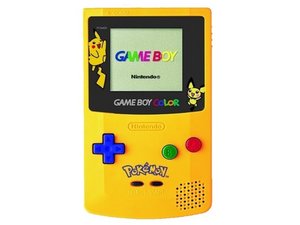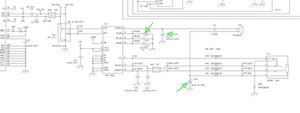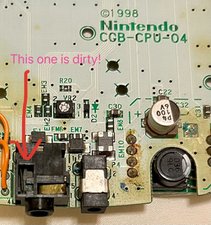Cannot get sound from the main speaker
Hello everyone. I am at my wits end here trying to repair a special Pikachu edition of a Gameboy Color. I have read several articles saying this edition seems to have a lot of sound issues. So, these are the things that are working and not working and what I have replaced/tested.
Currently, there is no sound coming out of the main speaker. I replaced it with a brand new speaker (twice) and still no luck. I have conducted a conductivity test on the speaker itself (good), on the wires leading from the speaker to the motherboard (good), and on the motherboard solder joints (good).
I have tested the headphone jack. When headphones are plugged in, I do get sound from them. Spinning the volume control does increase and decrease the sound. Unplugged and no sound from the main speaker. Tested conductivity from the headphone disconnect to the motherboard and it’s good (so the speaker disconnect doesn’t appear to be stuck). Just to be sure, I plugged in and out a jack a dozen times just in case to loosen it. Still no sound.
I tested the original speaker that came with the Gameboy, it actually still has conductivity so it appears to be working fine. This Gameboy was stored for the past 10 - 12 years in a cardboard box in an outdoor garage. No water damage to the box but it was subjected to extreme conditions (-10 to -60 degree winters, 80 to 100 degree summers). No batteries were stored in the Gameboy so no erosion or acid damage. Before being placed into storage, the speaker worked fine. All other aspects of the Gameboy seem to be working just fine; no screen distortion, powers on and off fine, and plays any game put into it.
I can’t figure it out and it’s bugging me. Sure, I can play games with headphones on but I REALLY want sound from the main speaker. If I’m missing something, I can’t figure out what it is. Any help (besides buying a new GBC, hehe) would be helpful. Thank you.
Is dit een goede vraag?


 2
2  1
1 
 1,5k
1,5k 

